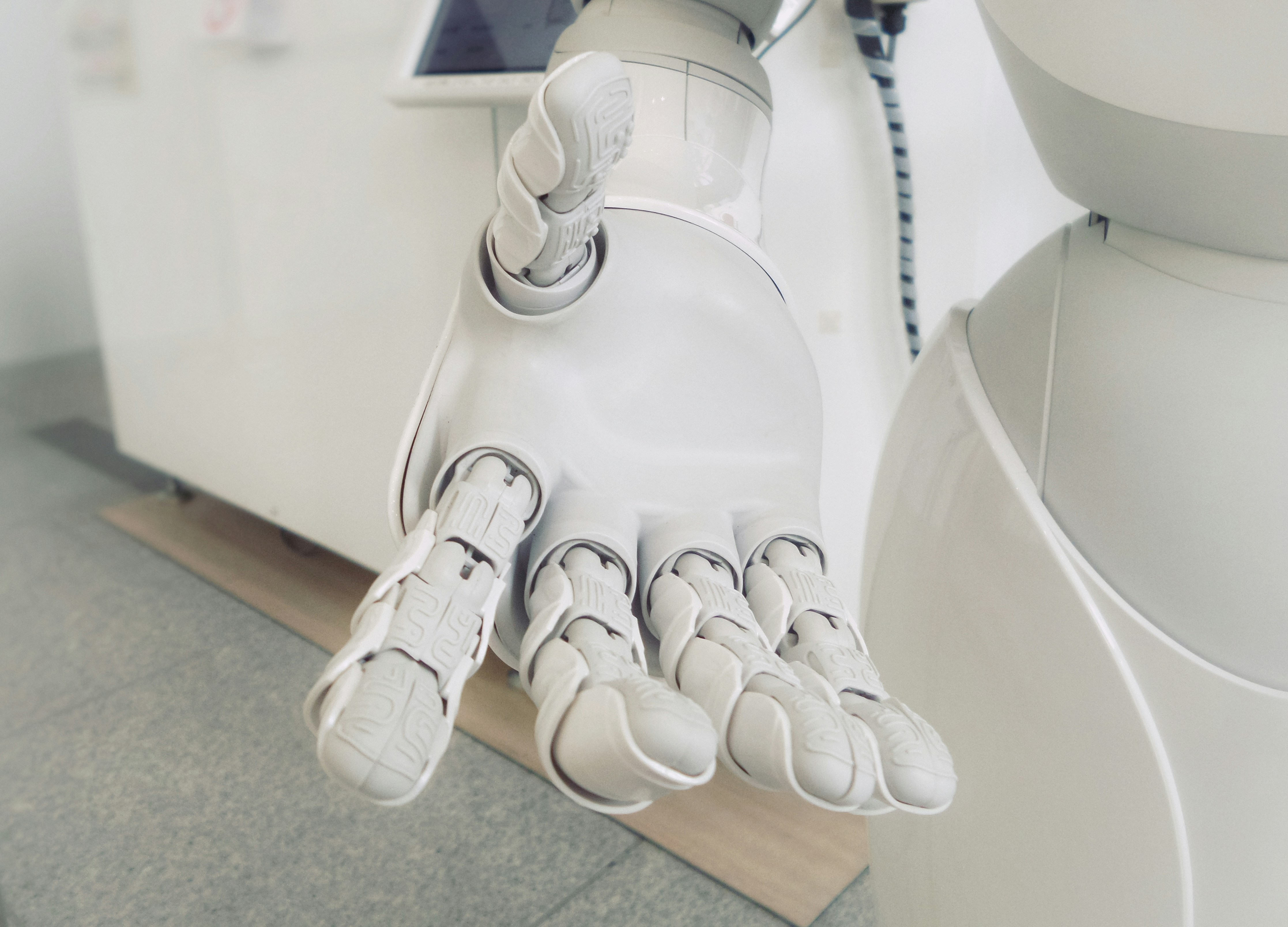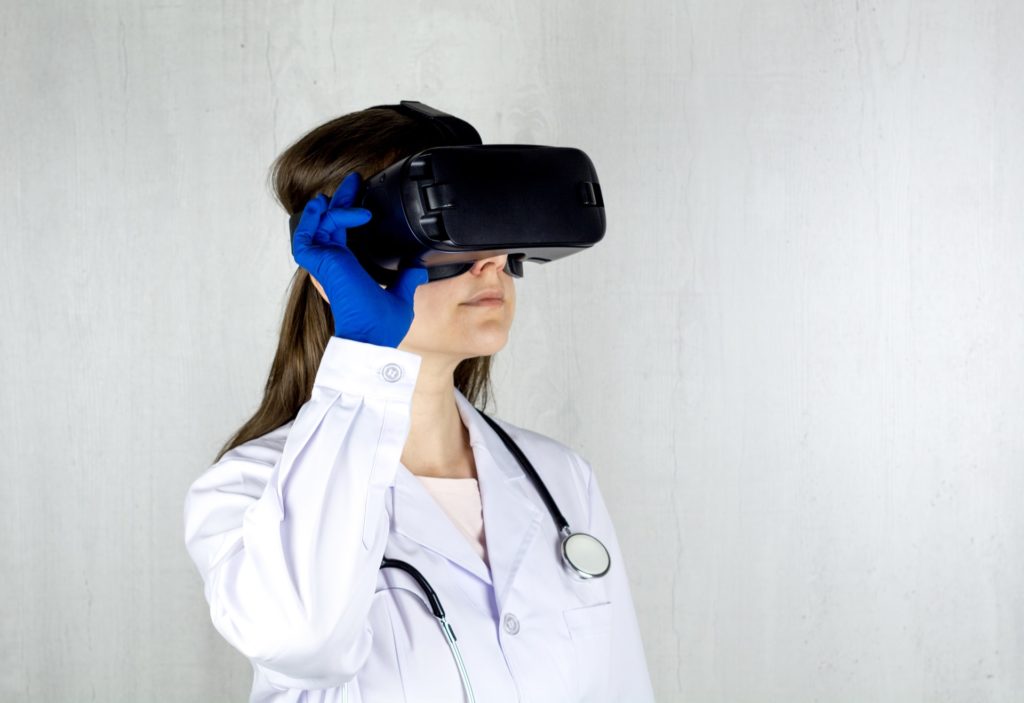From texting on smartphones to watching Hollywood blockbusters over Netflix to Zooming with coworkers during the COVID-19 pandemic, the way technological advances have changed daily life has become both routine and remarkable. But what about when we get sick and need to see a doctor or have to be admitted to a hospital? Where does modern technology come into play?
Here is a look at three ways technology has changed the healthcare industry.
Drug Therapies and Development
The journey of a new drug from discovery to the marketplace costs on average of $2.6 billion, according to a study in the Journal of Health Economics, based on data from the Tufts Center for the Study of Drug Development. Companies such as Roivant are using innovative methods and advances in technology to provide the medicines needed while trying to reduce costs for everyone involved.
The company says it builds “vants—nimble, entrepreneurial biotech and health-care technology companies with a unique approach to sourcing talent, aligning incentives, and deploying technology.” In April, Roivant stared testing gimsilumab in COVID-19 patients for the prevention and treatment of acute respiratory distress syndrome. One of Roivant’s subsidiary companies also announced that its COVID-19 research database would be used to help fight the virus.
“Powerful new instruments and biotechnology-related scientific disciplines (genomics, proteomics) make it possible to examine and exploit the behavior of proteins and molecules… This technology, now approximately 25 years old, is becoming one of the most important technologies developed in the 20th century,” says an article in the National Center for Biotechnology database. Such technological advances in the lab as well as in the factory and in the regulator’s office have allowed more effective drugs to get out into the market sooner and help more people.

Robotics
Sure, doctors are still providing hands-on care in medical settings, so you don’t have to worry about a robot providing bedside care, but that doesn’t mean robots aren’t hard at work in other healthcare environments. For instance, Fanuc America has developed a robotic automated vial filling, capping, and labeling machine to improve efficiency in pharmacies.
“Pharmacy automation providers must be able to prove their equipment and solutions operate with precision at all times to ensure medications are being manufactured to the right dose and prescriptions are filled with the correct quantity,” Fanuc says, adding that its robots were built to meet the standard requirements of highly demanding pharmacy and lab environments, with no compromise of robot speed or repeatability. Based on a slim, entirely encapsulated design, Fanuc’s cleanroom robots reach high flexibility levels, adding versatility to their ability to perform many types of automated pharmacy applications within compact cells, such as automated medication dispensing.
Fanuc America says its robots “have a much higher reliability than manual applications.” So while the jury may still be out on your lunch date with the collaborative robots working next to you, robots have had a huge impact on the healthcare industry and will continue to do so.
Communications
Technology has made it possible to communicate with your doctor, pharmacist, and healthcare team even when you’re not at the doctor’s office. While different healthcare environments use different platforms, one popular one you might have heard of is Bright Pattern. According to its website, its artificial intelligence-driven contact center solutions ensure personalized customer experiences and seamless patient engagement. Patients can be communicated with over any media channel helping health care providers learn more about their conditions and offer better services.
Bright Pattern uses interactive voice recognition software to provide clear connections. In that regard, pagers have given way to secure message systems due to costs and efficiency. A CNN Money report cited by TigerConnect found that medical professionals were spending an average of 45 minutes each day playing phone tag and that replacing pagers used by doctors could accelerate patient discharges by 50 minutes. Communication efficiency truly can be a matter of life and death in the medical field.





